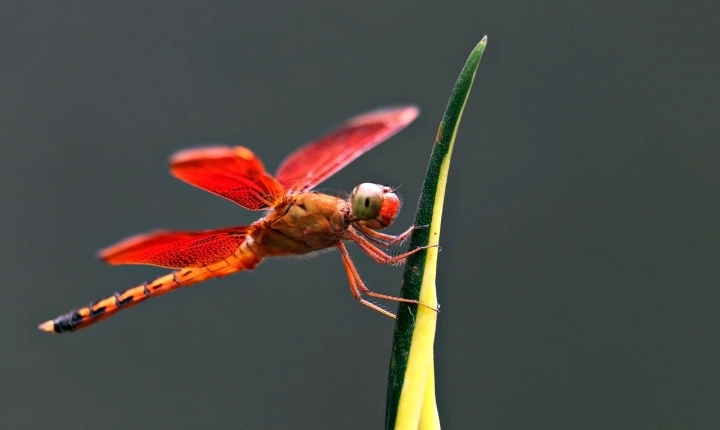Artificial intelligence (AI) has been making waves in the art world by creating incredibly detailed and captivating pieces of art. But how does AI-generated art actually work? And what does it mean for the future of artistic expression?
AI-generated art is created through a process called generative adversarial networks (GANs). GANs are a type of machine learning model that consists of two neural networks—a generator and a discriminator. The generator creates new, original art by learning from a dataset of existing artworks, while the discriminator evaluates the new art and provides feedback to the generator. Through this process of feedback and iteration, the generator becomes increasingly adept at producing art that is indistinguishable from human-created works.
By analyzing large datasets of art, the AI can learn to recognize patterns, styles, and techniques, and then generate its own original pieces. This ability to learn and replicate artistic styles can be seen in various AI-generated art projects, including paintings, sculptures, music, and even literature.
One of the most famous instances of AI-generated art is the “Portrait of Edmond de Belamy” by the art collective Obvious. This painting, created using GANs, garnered attention when it was sold at auction for a substantial amount, sparking conversations about the intersection of AI and art. Similarly, AI-generated music and literature have also gained recognition for their ability to produce compelling and original works.
AI-generated art raises several intriguing questions about the nature of creativity and authorship. Can art produced by AI be considered as valuable and meaningful as works created by human artists? Does the process of creating art using AI diminish the role of the artist, or does it expand the possibilities for creativity and self-expression?
Some argue that AI-generated art is an extension of human creativity, a tool that can aid artists in exploring new styles, techniques, and ideas. It allows artists to collaborate with algorithms, sparking new forms of expression and innovation in the art world. On the other hand, there are concerns that AI-generated art may devalue the role of the artist and the authenticity of their work, potentially leading to ethical and legal implications regarding authorship and intellectual property.
As AI-generated art continues to evolve and gain recognition in the art world, it is essential to consider the ethical and philosophical implications of this technological advancement. Questions about authorship, ownership, and the nature of creativity will become increasingly important as AI becomes more integrated into artistic practices.
In conclusion, AI-generated art is a remarkable demonstration of the potential of machine learning and its impact on creative fields. The ability of AI to produce original, compelling works of art raises thought-provoking questions about the nature of artistic expression and the role of technology in shaping the future of the art world. As the boundaries between human and machine creativity continue to blur, it is crucial to navigate these complex questions with nuanced consideration and open-mindedness.
